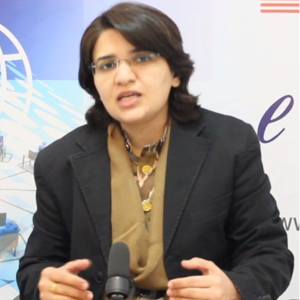To install apt-get, Netcat, tcpdump, and traceroute inside a pod in Azure Kubernetes, you can follow these steps:
- Create a Dockerfile: You should create a Dockerfile that uses a base image that includes
apt-get. If the base image doesn’t includeapt-get, you won’t be able to install the other packages. Here’s an example Dockerfile:
FROM ubuntu:latest
RUN apt-get update && apt-get install -y netcat tcpdump traceroute
This Dockerfile starts with the latest Ubuntu image, updates the package lists for upgrades and new package installations, and then installs netcat, tcpdump, and traceroute.
- Build and Push the Docker Image: Next, you need to build this Docker image and push it to a Docker registry that your Kubernetes cluster can access. You can use the following commands to build and push the image:
docker build -t my-registry/my-image:latest .
docker push my-registry/my-image:latest
Replace my-registry with the name of your Docker registry.
- Create a Kubernetes Deployment: Finally, you can create a Kubernetes deployment that uses this Docker image. Here’s an example Kubernetes deployment:
apiVersion: apps/v1
kind: Deployment
metadata:
name: my-deployment
spec:
replicas: 1
selector:
matchLabels:
app: my-app
template:
metadata:
labels:
app: my-app
spec:
containers:
- name: my-container
image: my-registry/my-image:latest
Replace my-registry/my-image:latest with the path to your Docker image.
Please note that installing packages with apt-get in a running container is generally discouraged because it can lead to larger image sizes and longer startup times. It’s recommended to install these packages when building the Docker image1. If you need to install packages for debugging purposes, consider using kubectl exec to run inside the container.
Also, remember that any changes you make inside a container will be lost when the container restarts. If you need the changes to persist, you should consider creating a new Docker image with the changes.

